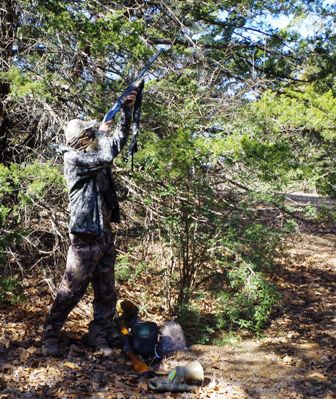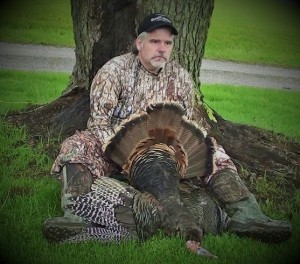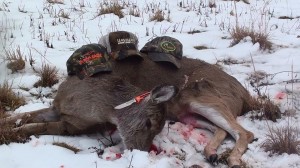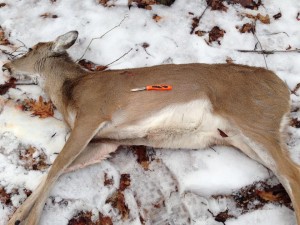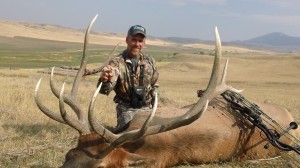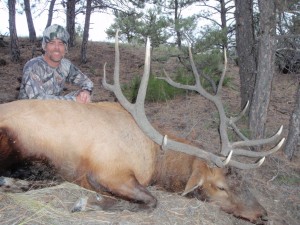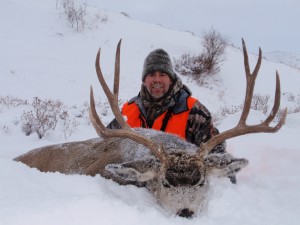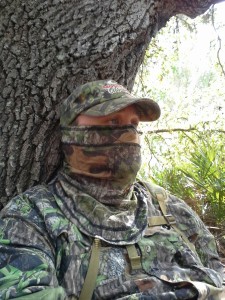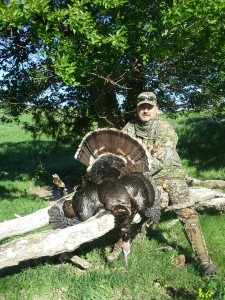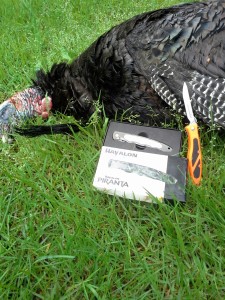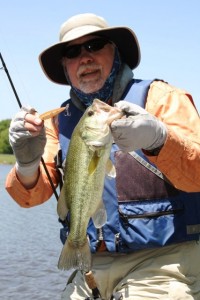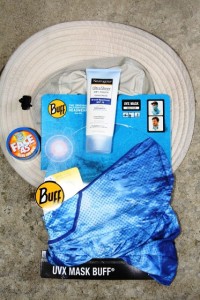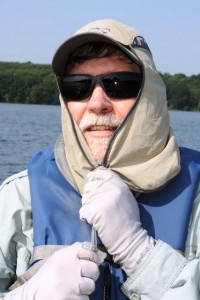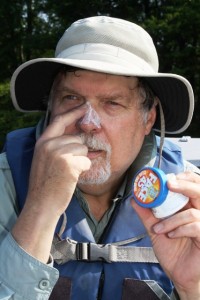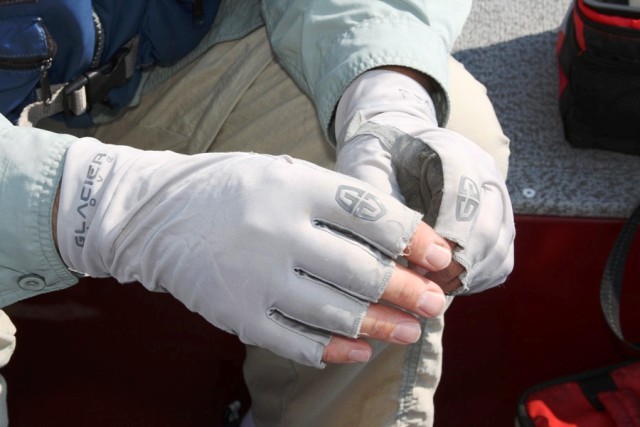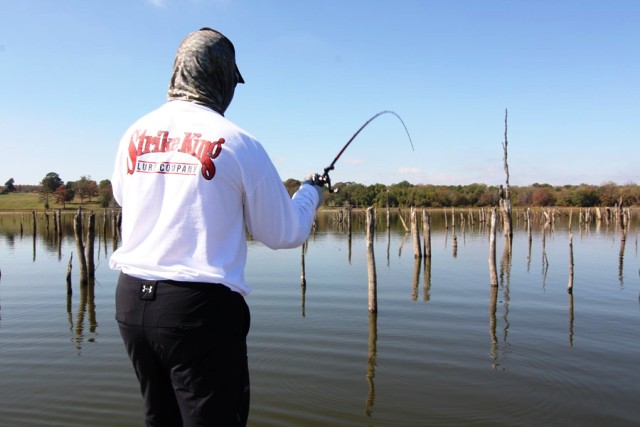By Tom Claycomb III
Use these tips and crows will go brain dead.
If crows aren’t the smartest bird around, they’re close. It’s impossible sneak up on one. So how do you shoot one, much less a whole “murder’ of them? (Yes, that’s the name for a flock of crows.) Try calling them – that’s when they seem to go brain dead.
These five basics will give you a pile of crows. (I call a flock of dead ones a “pile.”)
- Consider your set-up. You want to be well hidden. My favorite set-up is right in the middle of a cedar thicket. My partner and I will get so deep in a cedar clump that we can see only a 20 or 30 square foot area right above us.
If you don’t have any cedar brush then hide in the middle of any thick brush. Get camo’ed up and wear a facemask. Grab your shotgun and some high brass shells loaded with number 6-shot. You can use low base 8s for a denser pattern, but I like the heavier loads.
- Get a good call. I use a Johnny Stewart Gallows electronic call. Lay it with the horn pointing upwards in the direction you expect them to come from. I first select the crow/owl fighting sound. Turn it on and get ready.
- Time to shoot. My brother-in-law is a good crow hunter and always tells me to not take long shots but to let them circle and come back in right over head. So we don’t start shooting until they’re right over us. If the brush you’re in has small open patches you may be able to get a visual on them, but if not they may suddenly appear out of nowhere. You may or may not hear them first, so be ready for some fast shooting.
His theory is that if they don’t see you, you can clean house on them if you don’t miss. That’s not just a theory – it really works in practice. Sometimes they’ll be coming in so fast I can’t even keep my gun loaded, so wear a shell vest and keep lots of shells handy. They’ll literally circle over you, and often zip in skimming the treetops. So, it’s best if you’re in a clump of trees no more than 20 feet high. If you’re hidden in a tall clump of trees then of course they’ll be a lot higher up.
- Switch up the call. If hawks live in the area (and they almost surely do) try the crow/hawk fighting selection. Recently in Texas a hawk was flying around our setup so we used the hawk option. When things die down, switch again to the dying crow – that’ll wake ’em up!
- Pull out the dekes. Crow, owl and hawk decoys are popular. Sometimes after a morning coyote hunt I’ll still have my Cass Creek Waggler with me and we’ll start crow hunting. After I’ve shot a couple if I’ll turn it on, and it attracts the crow using both sight and sound. I turn on the crow call option on along with my Johnny Stewart call to really raise a ruckus. If you wound one they’ll really swarm in. Live ones are the best decoy you can have.

These crows went brain dead to the calls of the Johnny Stewart Gallows and the Cass Creek Waggler—then they went body dead to some sharp shooting.
I dropped by my gunsmithing buddy Ed Sweet’s shop yesterday and was talking to him about how much fun I’d been having crow hunting. He said Bob Martin (a 5-time world champion crow hunter at least – I’ve lost count) called him a few years ago to come down south to crow hunt. They killed somewhere around 900 crows in three days. And while crow hunting in Texas the other day I was shooting the bull with a guy who said he hunted a flyway to a roost and would get 150 in an afternoon.
So, set ups near a good roost, or along flyways or feeding areas are top spots. But I live in Idaho and we don’t have those quantities. Still, to me it’s still lots of fun if we can get 4-8 per stand. A few weeks ago I was coyote hunting with Trace Nuckles in Kansas and one afternoon I bet we had 60 come in while we were calling coyotes. We didn’t have a shotgun or we could have smoked ’em.
If you live near a hot and heavy flyway, get out and have fun. But even if you don’t, it will surprise you how many you will be able to call in at each set-up.
Shooting crows is almost as good for the environment as shooting wolves. They prey big-time on desirable species, and they compete with humans for food. When the walnuts ripen the crows will move in and eat every one unless you pick ’em fast. This year I was conducting a lot of seminars around the country and when I got home I found one solitary walnut – crows ate all the rest.
EXTRA TIPS:
- You’ll call in a few crows while calling coyotes, especially right after daylight.
- A hand call works, but with a Johnny Stewart electronic call, you keep your hands free.
- A modified choke is probably best.
- Start shooting when they’re right over the top of you.
To see how easy it is to use a Havalon Piranta on
smaller animals like birds, click here.
Tom lives in Idaho writes outdoor articles for various newspapers, magazines & websites. If it’s something outdoors, he probably likes it. You can read some more of his writings at: www.Amazon.com.
15,082 total views, 1 views today


